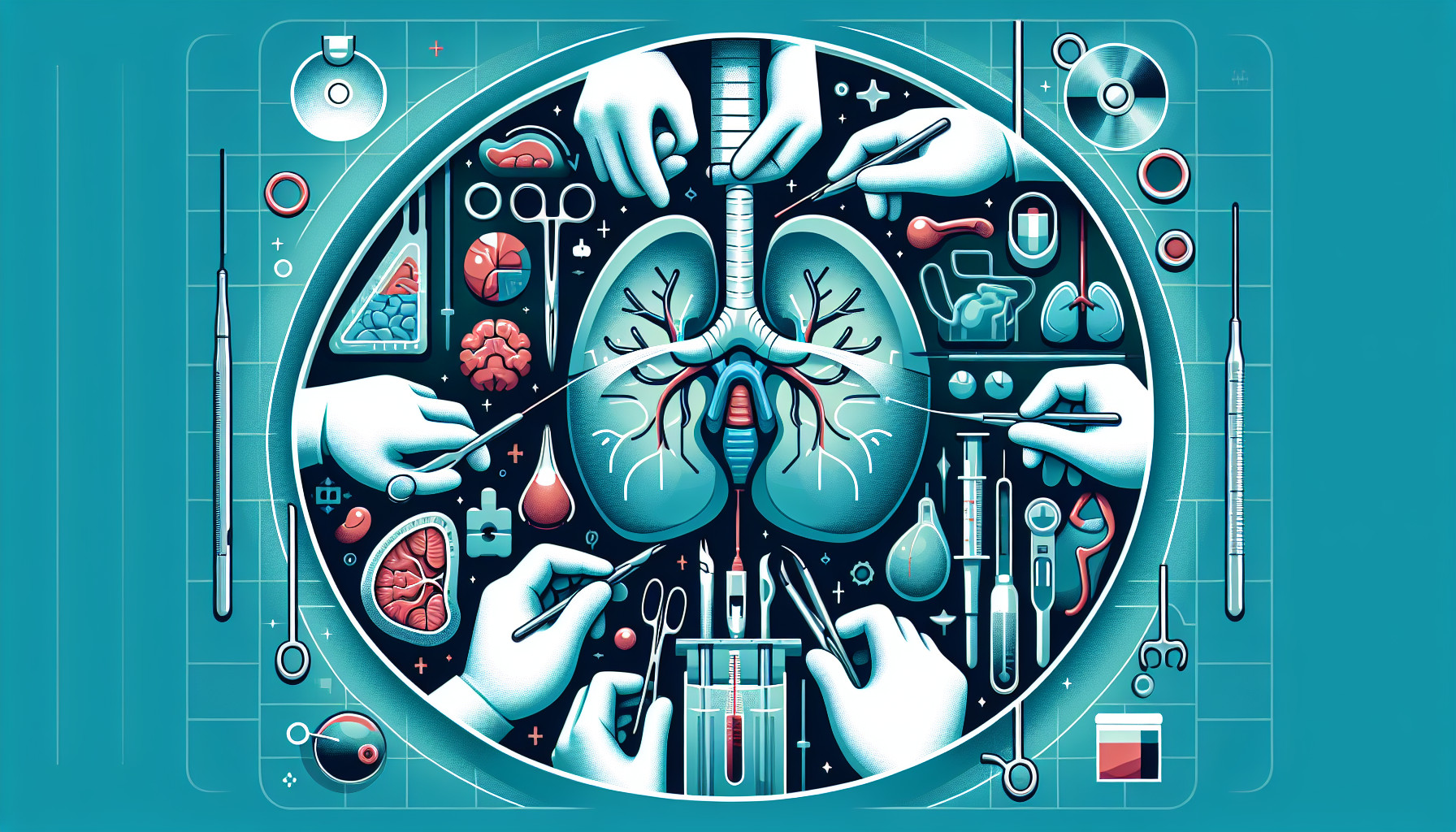Our Summary
This research paper studies the low rate of a specific surgery, alveolar bone graft (ABG), among patients with cleft lip and palate at a hospital in Jakarta. Cleft lip and palate is a common facial abnormality, and in 75% of cases, it includes a cleft in the gum area that requires ABG surgery when the patient’s permanent teeth start to develop. However, this type of surgery doesn’t happen very often.
The researchers looked at data from 771 patients who had surgeries for cleft lip and palate from 2015 to 2021, and they also asked the caregivers of 13 patients who had ABG surgery about their experiences. They found that only 5% of the surgeries for cleft lip and palate were ABG surgeries. The average age for having ABG surgery and starting orthodontic treatment was around 11 years old. Most patients had access to orthodontic care before and after surgery, but only a small portion had this care before they were 9 years old.
Patients who had ABG surgery and orthodontic care were fully satisfied with the results, which included better eating, speaking, teeth alignment, and appearance. Those who didn’t have orthodontic care were slightly less satisfied. The study concludes that the low rate of ABG surgeries in developing countries like Indonesia is due to limited access to this type of surgery and orthodontic care. This could be because of lack of awareness, geographical location, and economic factors.
FAQs
- What is alveolar bone graft (ABG) surgery and why is it necessary for patients with cleft lip and palate?
- What are some reasons for the low rate of ABG surgeries in developing countries like Indonesia?
- What was the level of patient satisfaction after undergoing ABG surgery and orthodontic care?
Doctor’s Tip
A helpful tip a doctor might tell a patient about cleft palate surgery is to make sure to follow all post-operative care instructions provided by their healthcare team, including attending all follow-up appointments and keeping the surgical site clean to prevent infection. It is also important to communicate any concerns or questions with their healthcare provider to ensure the best possible outcome.
Suitable For
Patients who are typically recommended cleft palate surgery, specifically alveolar bone graft (ABG), are those with cleft lip and palate who have a cleft in the gum area that requires ABG surgery when their permanent teeth start to develop. This surgery is important for improving eating, speaking, teeth alignment, and appearance in patients with cleft lip and palate. Typically, patients undergo ABG surgery around 11 years old and may also receive orthodontic care before and after the surgery for optimal results. However, access to ABG surgery and orthodontic care may be limited in developing countries, leading to a low rate of these surgeries in these regions.
Timeline
Before cleft palate surgery, a patient may experience difficulties with eating, speaking, teeth alignment, and appearance due to the cleft lip and palate condition. They may also have limited access to orthodontic care, which can help improve these issues.
After cleft palate surgery, the patient typically undergoes orthodontic treatment to further improve their eating, speaking, teeth alignment, and appearance. This may involve procedures like alveolar bone graft (ABG) surgery when the patient’s permanent teeth start to develop.
Overall, patients who receive ABG surgery and orthodontic care are generally satisfied with the results, experiencing improvements in their quality of life. However, the low rate of ABG surgeries in developing countries like Indonesia may be due to factors such as limited access to specialized care, lack of awareness, geographical barriers, and economic constraints.
What to Ask Your Doctor
- What is cleft palate surgery, specifically alveolar bone graft (ABG) surgery, and why is it necessary for patients with cleft lip and palate?
- What are the benefits of ABG surgery for patients in terms of eating, speaking, teeth alignment, and appearance?
- What is the typical age range for patients to undergo ABG surgery and start orthodontic treatment?
- What are the potential risks or complications associated with ABG surgery?
- What is the success rate of ABG surgery in improving the patient’s quality of life?
- How can patients access orthodontic care before and after ABG surgery, and how does it contribute to the overall outcome?
- Are there any specific factors that may contribute to the low rate of ABG surgeries in developing countries like Indonesia, and how can these barriers be overcome?
- What follow-up care or monitoring is needed after ABG surgery to ensure long-term success?
- Are there any alternative treatments or procedures available for patients who may not be suitable candidates for ABG surgery?
- Can you provide any resources or recommendations for patients and caregivers to better understand and prepare for cleft palate surgery, including ABG surgery?
Reference
Authors: Bangun K, Halim J, Tania V, Kreshanti P, Pancawati J, Atmodiwirjo P. Journal: J Craniofac Surg. 2023 Mar-Apr 01;34(2):544-547. doi: 10.1097/SCS.0000000000009063. Epub 2022 Oct 11. PMID: 36217224
